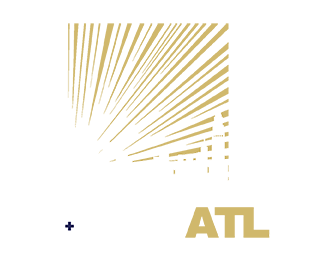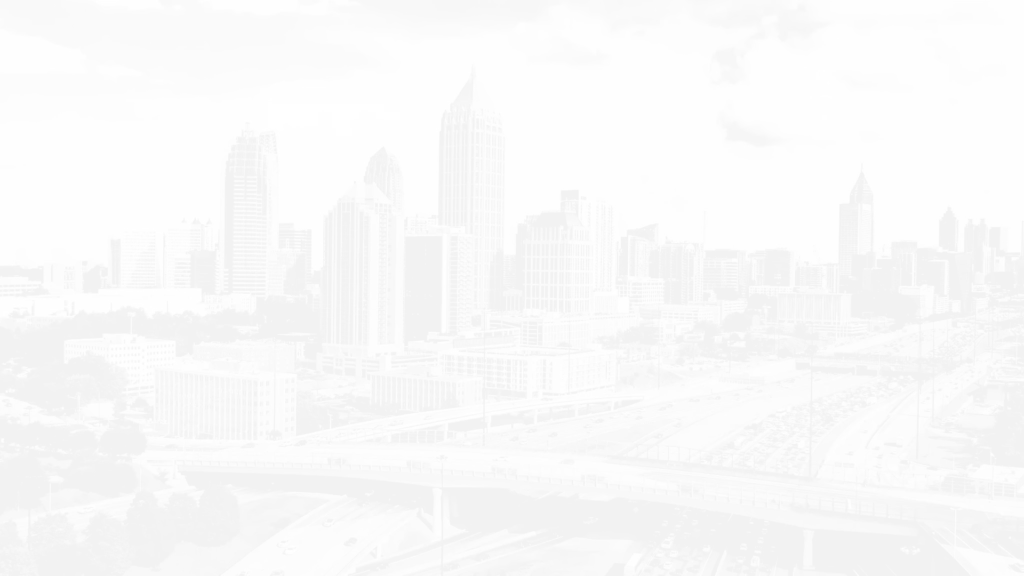If you’ve been injured in an automobile accident, then it’s likely that you have many…
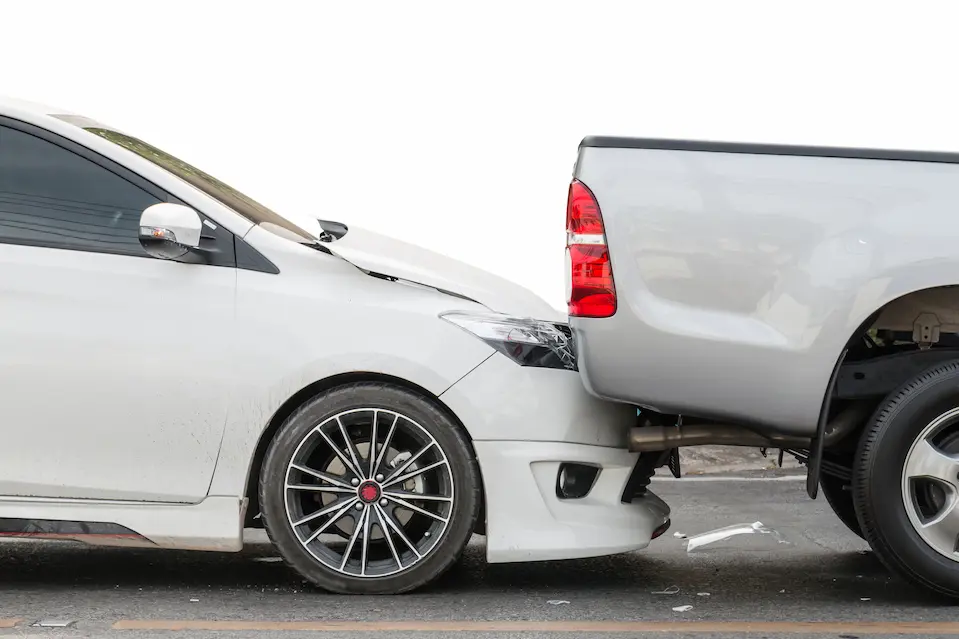
Say you've been hit from behind in a car accident or even read about it happening to someone else in the local news. That may prompt you to seriously wonder, "Who is at fault in a rear-End Collision?"
Typically speaking, when there's a rear-end accident, the driver in the rear position is considered to be at fault. However, in Georgia, a comparative fault state, legalities can become considerably more intricate.
Fortunately, we have Atlanta car accident attorney Nathan Fitzpatrick here to help us dig further into this question. With his insights shared in this post, you'll gain a comprehensive understanding of navigating rear-end collision fault issues in Georgia.
The Basics of Determining Fault in Rear-End Collisions
Unfortunately, Georgia does not operate as a no-fault state. Instead, Georgia has comparative negligence, which can make it much more difficult to determine who was really at fault.
Also importantly, while it’s almost always the rear driver’s fault, there are exceptions to this rule. An example of this would be if the front driver was breaking the law when the accident occurred. Either way, the insurance companies will need to make a determination. If they find that one person is 100% at fault, then the process will be much simpler.
However, if the insurance companies find that both people are at fault, things can get a bit trickier. Essentially, if you were found to be 40% at fault in the accident and you file a lawsuit worth $100,000, you’ll be eligible for no more than $60,000.
Why is the Trailing Driver Often Considered at Fault?
The trailing driver is often considered at fault in a rear-end collision for several reasons:
- Duty to Maintain Safe Following Distance: Drivers are generally expected to maintain a safe following distance behind the vehicle in front of them. This distance allows them to react to sudden stops or changes in traffic conditions. When a rear-end collision occurs, it is often seen as an indication that the trailing driver did not leave sufficient space to stop safely.
- Presumption of Negligence: Negligent driving is usually a factor in these accidents. There is a legal presumption that the trailing driver was negligent because they are responsible for avoiding collisions from behind. This presumption can be overcome if the trailing driver can provide compelling evidence that they were not at fault, such as the leading driver making an unexpected and reckless maneuver.
- Basic Traffic Rules: Following another vehicle too closely is a violation of basic traffic rules in most jurisdictions. This violation can contribute to the determination of fault.
- Rear Driver's Responsibility: In many rear-end collision cases, the trailing driver had the last clear chance to avoid the collision by braking or changing lanes. Failure to take this opportunity can weigh against them in determining fault.
Again, bear in mind that while the trailing driver is often presumed to be at fault, each accident case is unique and may involve specific circumstances that could shift or share the blame. Insurance companies and courts consider all available evidence when determining fault in collisions from the rear.
Common Factors Leading to Rear-End Accidents
Five factors cause the most rear-end collisions. Let’s take a closer look at each one:
1. Aggressive Driving
Hallmarks of this type of hazardous driving include speeding, tailgating, stopping suddenly, cutting in front of another driver without the proper space, or following too closely. The reality is that no one should be doing any of these things, so if you cause an accident as you drive aggressively, you’ll most likely be found 100% at fault.
2. Distracted Driving
Did you know that a whopping 87% of all auto collisions from behind are caused by a distracted rear driver? That’s a lot of people who weren’t paying attention to what was happening around them. The fact is that a rear driver who is distracted is a danger to everyone else on the road. Distractions may include eating, checking their navigation system, texting, making a phone call, rubbernecking at an accident, or talking to a passenger.
3. Drunk Driving
If a driver has a blood alcohol content (BAC) of 0.08 or higher in Georgia, they will be charged with a DUI. An interesting note that many people don’t know, though, is that even if they have a BAC below 0.08, they can still be arrested for a DUI if it’s obvious that they’re impaired. Driving while intoxicated is never a good idea, and this type of behavior will get you caught at some point.
4. Hazardous Weather Conditions
Whether a person rear-ended you because of snow, rain, fog, etc., they should have used common sense instead. This especially applies to commercial vehicles, which must follow § 392.14, which states they are required to use “extreme caution” whenever there are hazardous road conditions. If they fail to do so, they can be found at fault for any car accidents that happen as they are driving.
5. Driver Fatigue
The State of Georgia ranks fifth overall in the nation for the most driver fatigue-caused accidents. Georgia’s insufficient sleep rate sits at an astounding 38%, which is bad news for everyone on the road. Forgoing sleep has the same basic effect on drivers as getting drunk. In fact, if you stay awake for 24 hours, it’s like having a BAC of 0.10%. Instead, drivers should ensure they get adequate rest, and they shouldn’t be afraid to stop at a rest area if needed.
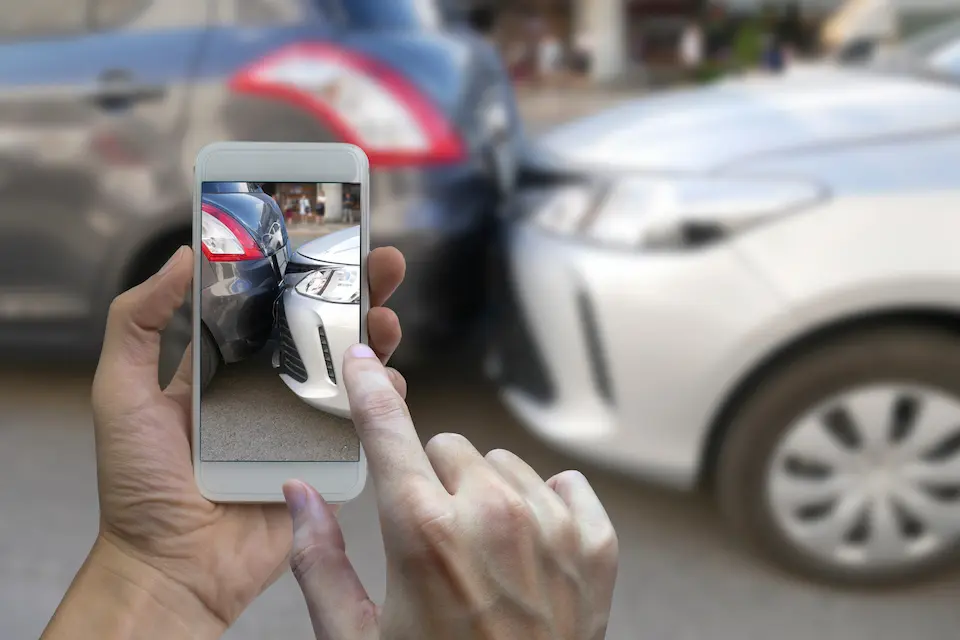
Exceptions: When the Front Driver is at Fault in a Rear-End Collision
It might be possible to argue that the lead vehicle in a rear-end collision bears at least partial responsibility. As outlined in a study shared by the National Highway Traffic Safety Administration, these incidents are relatively uncommon. However, when they do occur, they may implicate the lead driver in scenarios such as:
- Merging in front of another vehicle without leaving enough space.
- Turning into traffic without providing adequate space or distance for the approaching vehicle.
- Driving erratically due to factors like intoxication or impairment.
- Reversing into the rear vehicle.
The determination of fault concerning the lead vehicle's driver often hinges on factors such as the speed and distance of the approaching vehicle. While collisions from the rear generally result in assigning fault to the trailing driver, there are exceptions to this norm:
- Sudden and Unpredictable Maneuvers: If the lead driver makes an abrupt and unforeseeable move, like suddenly slamming on the brakes without apparent cause, the trailing driver might have insufficient time to avoid the collision.
- Reversing Without Warning: In cases where the lead driver unexpectedly reverses their vehicle without warning, they can be held responsible, as reversing in traffic is generally viewed as a risky and negligent action.
- Faulty Brake Lights: If the front driver's brake lights are malfunctioning or not operational, it can be challenging for the trailing driver to anticipate a sudden stop, potentially shifting blame to the front driver.
- Mechanical Issues: The lead vehicle may be experiencing mechanical problems, yet the driver of the front vehicle has not completely moved it to the side of the road, which could impact fault determination.
- Sudden Lane Changes or U-Turns: If the lead driver executes an abrupt and unsafe lane change or makes an unexpected U-turn, placing themselves directly in the path of the rear driver, they may be considered responsible for the collision.
- Brake Checking: In rare instances, a lead driver may deliberately brake or engage in brake-checking, intentionally provoking a collision. In such cases, they would likely be deemed at fault.
It's important to keep in mind that determining fault in rear-end collisions involves a diligent examination of the specific circumstances surrounding the accident. While these exceptions exist, they are less common than cases where the rear driver is found at fault. Each case is unique and requires a thorough evaluation of the evidence and testimony to establish liability accurately.
Comparative Fault: A Different Perspective on Rear-End Collisions
In Georgia, there is a modified comparative negligence law that will help determine whether you can collect any money in a lawsuit. If, for example, both drivers are found to be 50% at fault, no one is allowed to sue. On the other hand, if one driver is 49% or less responsible for the accident, they have the right to file a lawsuit.
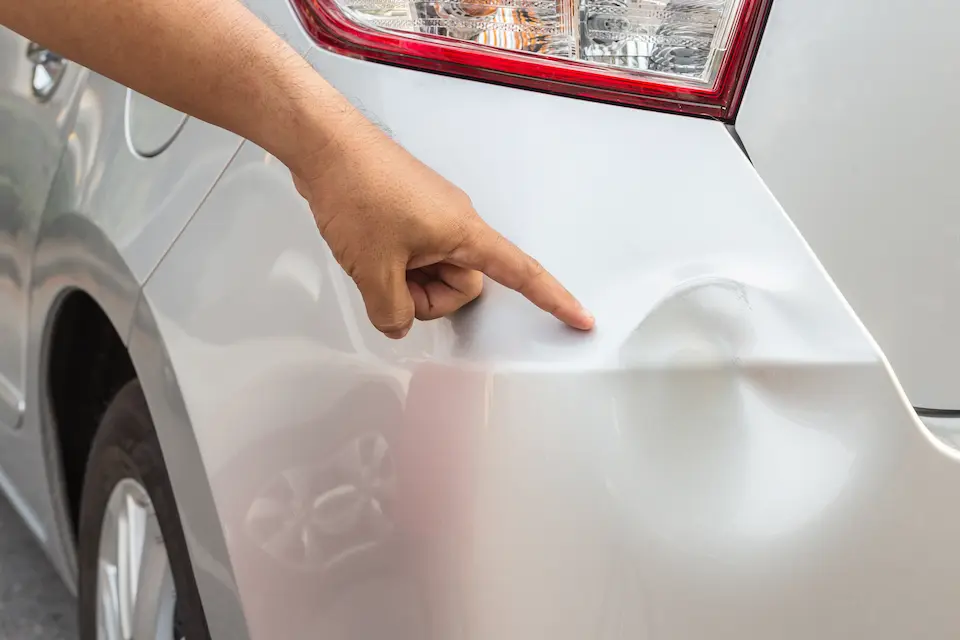
The Role of a Personal Injury Lawyer in Assessing Rear-End Collision Fault
Having a personal injury attorney on your side can make all the difference when you are rear-ended in a car accident. Even if you were found initially to be at fault by the police, a lawyer has the ability to do more research, thereby proving to your insurance company and/or a court that you were not, in fact, at fault.
Another way an attorney can help is by reviewing the case to determine whether you should cash a check from your insurance company. Remember: As soon as the check is cashed, you forfeit the right to go after your insurer for anything else involving the case. Therefore, even if you think it’s a fair offer, make sure you discuss it with your attorney first.
Steps to Take Immediately After a Rear-End Accident
As soon as possible, you’ll want to take the following steps after a rear-end accident:
- Take photographs of the accident scene.
- Move your vehicle off the roadway (as long as you can, and it’s safe to do so).
- Call 911 and report the accident.
- Exchange contact info with the other driver.
- Notify your insurance company within 24 hours.
- Contact an attorney to get legal advice.
How Insurance Companies Assess Fault in Rear-End Collisions
First, both insurance companies are going to send a claims adjustor to evaluate everything that happened in the accident. After the fault has been determined, the two companies will begin a negotiation. This process is generally not simple and will take quite a while. Ultimately, despite the law outlining liability and negligence in the Code of Georgia Title 51, it is up to the insurance companies to determine fault.
The Importance of Gathering Evidence to Prove Fault
There are two vital pieces of evidence that you’ll want to gather immediately after the automobile accident: Eyewitness testimony and police reports.
It’s also wise to take photographs of the accident scene, and you may want to get a copy of the other driver’s cell phone records. By gathering all of these things together, it will be easier for you to prove who was truly at fault for the collision. Failure to gather this information quickly can result in memories becoming eroded or even eyewitnesses who can’t be found.
Legal Consequences of Being Found at Fault in a Rear-End Collision
The most common legal consequence of being found at fault is that you could receive a ticket. It can go much further, though, if someone is injured and/or if you were driving under the influence. Your insurance rates can increase, also. Additionally, the other driver may choose to file a lawsuit against you.
Avoiding Fault and Staying Safe to Prevent Rear-End Accidents
There are several different ways that you can prevent being the at-fault driver in one of the nation's many rear-end accidents, including:
- Minimize distractions
- Keep a safe following distance
- Plan your route in advance
- Use dynamic driving techniques and safe speeds
- Buy a car with collision avoidance technology
- Use your onboard safety systems
Lastly, here are a few other ways to prevent a rear-end crash:
- To minimize distractions, be sure to put your cell phone where you can’t reach it or see its screen.
- Always allow at least three seconds between you and the front vehicle (a Georgia Driver's Manual can help you do this correctly).
- Planning your route in advance. This precaution will cause you to glance at your GPS much less frequently.
- Always pay close attention to any changes on roadways, such as construction, and act accordingly.
If You've Been Involved In a Rear-End Collision, Contact The Car Accident Lawyer at The Fitzpatrick Firm
Motor vehicle accidents happen, but you shouldn't be left holding all the financial burdens that an at-fault driver should bear. Instead, reach out to The Fitzpatrick Firm for assistance. Contact us today by calling (678) 607-5550 or filling out the form below to request your free, no-obligation consultation! Let us help you recover all your damages from your rear-end accident.
